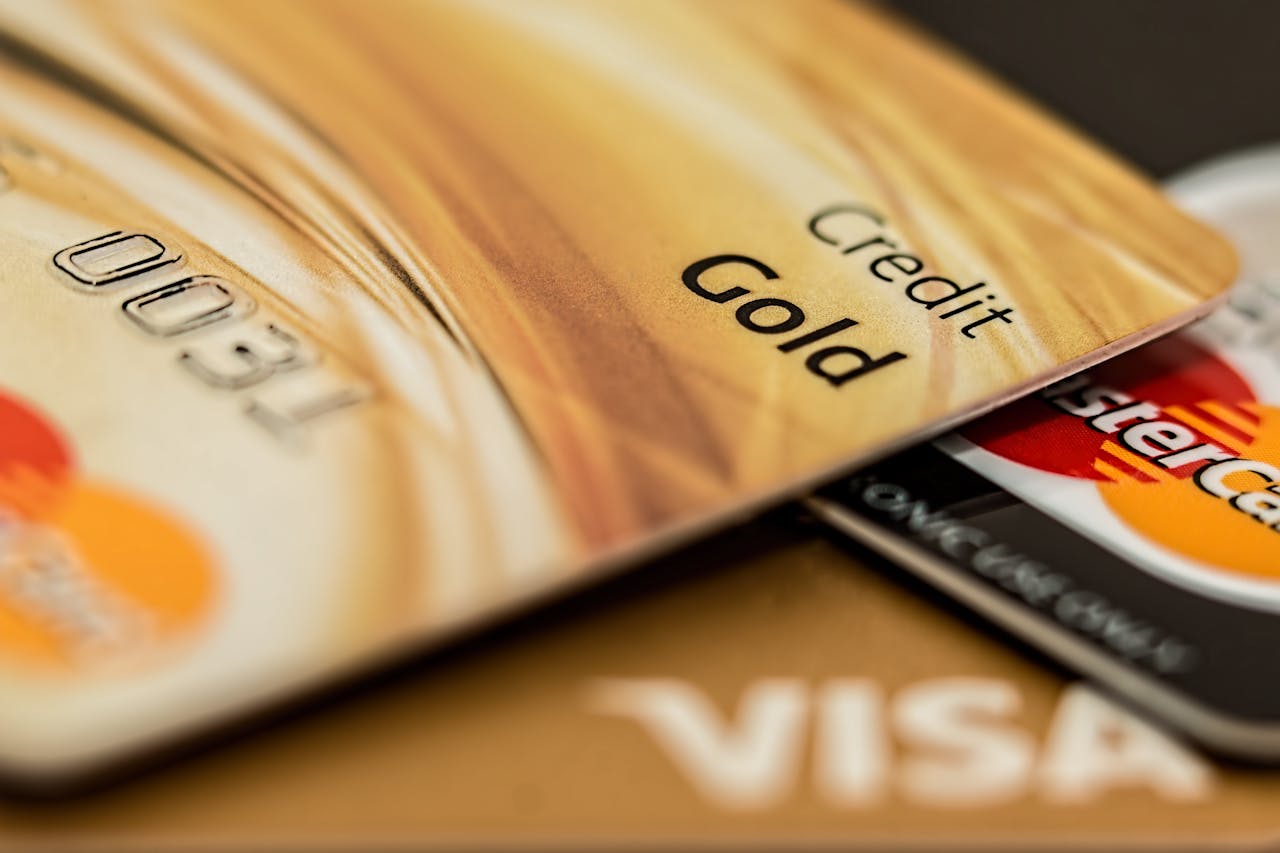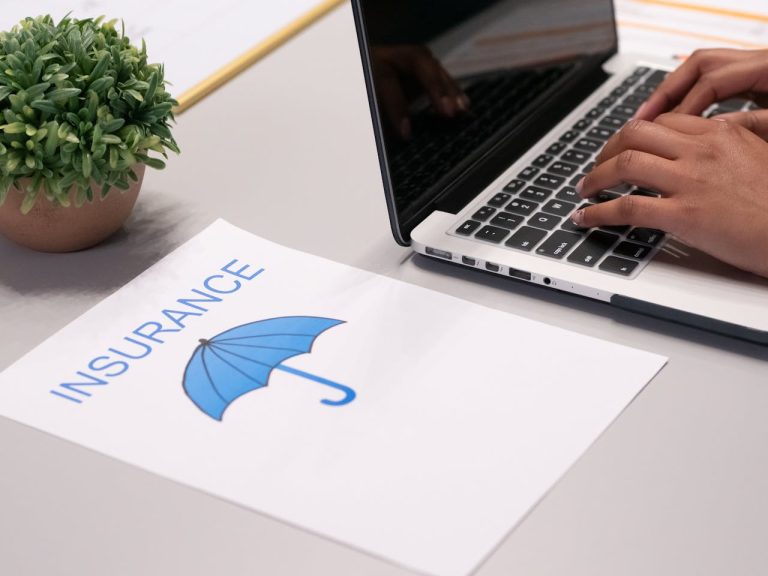How to prevent credit card fraud is a crucial concern in 2025, as fraudsters continue to develop more sophisticated methods to exploit security vulnerabilities. Despite advancements in payment security, credit card fraud remains a growing threat both online and offline.
According to the Federal Trade Commission (FTC), credit card fraud caused losses exceeding $5 billion in 2024, accounting for 46% of all payment fraud losses. Meanwhile, a Statista report predicts that global credit card transactions will surpass $35 trillion in 2025, making up over 40% of all electronic payments.
As fraud techniques become more advanced, what can you do to protect your credit card security? In this guide, we’ll explore 7 proven methods to prevent credit card fraud, safeguard your finances, and avoid falling victim to scammers.
1. The Current State of Credit Card Fraud and Its Growing Risks
1.1 Latest Statistics on Credit Card Fraud
Credit cards remain the most commonly used payment method worldwide, but they are also the top target for cybercriminals. Here are some concerning statistics:
- Over $5 billion lost due to credit card fraud in 2024 (FTC Report)
- 35% of financial fraud cases involve credit card transactions (Consumer Financial Protection Bureau)
- AI-powered scams are rapidly increasing, leading to identity theft and unauthorized transactions (Cybercrime Reports 2024)
1.2 How AI and Big Data Are Used for Credit Card Fraud
With the rise of Artificial Intelligence (AI) and Big Data, scammers now use high-tech fraud tactics that are harder to detect.
✅ Deepfake Voice Scams: Fraudsters use AI to mimic bank representatives and trick customers into revealing their credit card details.
✅ AI-Generated Phishing Emails: Personalized phishing emails are now generated by AI, making them highly convincing and difficult to spot.
✅ Data Breach & Dark Web Sales: Stolen credit card details are sold on the dark web, allowing criminals to make unauthorized purchases.
2. 7 Most Effective Ways to Prevent Credit Card Fraud
2.1 Enable Two-Factor Authentication (2FA)
✅ Why It’s Important:
Two-factor authentication (2FA) adds an extra layer of security. Even if hackers steal your password, they cannot access your account without the second verification step.
✅ How to Set It Up:
- Log into your bank or credit card website and go to “Security Settings.”
- Enable 2FA, choosing SMS codes or Google Authenticator.
- Use 2FA for sensitive transactions like large purchases or account changes.
2.2 Avoid Using Credit Cards Over Public Wi-Fi
✅ Real Case Scenario:
In 2024, a New York customer lost $3,000 after shopping over public Wi-Fi in a coffee shop. Hackers intercepted the card details, leading to unauthorized charges.
✅ How to Stay Safe:
- Avoid entering credit card details on public Wi-Fi. Use a VPN or mobile data instead.
- Prefer credit cards over debit cards, as credit cards offer better fraud protection.
- Change your banking passwords regularly to prevent identity theft.
2.3 Beware of Phishing Emails and Scam Calls
✅ Common Fraud Tactics:
- Scammers impersonate bank representatives and ask for CVV codes or passwords.
- Fake emails with links to fraudulent websites trick users into entering credit card details.
✅ How to Identify Them:
- Banks will NEVER ask for your CVV or PIN via email or phone.
- Check sender email addresses carefully.
- Never click on suspicious links in emails or text messages.
2.4 Regularly Monitor Your Credit Reports & Transactions
✅ Data Insight:
A report from Experian found that 28% of credit card fraud victims only discovered fraudulent charges 6 months later.
✅ How to Stay Protected:
- Review your credit card statement monthly and dispute any suspicious transactions.
- Use credit monitoring services like Experian or Equifax to receive fraud alerts.
2.5 Use Virtual Credit Cards for Online Payments
✅ What Is a Virtual Credit Card?
A one-time-use credit card number generated by banks (e.g., Revolut, Capital One) to prevent fraud.
✅ Best Use Cases:
- Online shopping without revealing your real card number.
- Signing up for subscription services without auto-renewal risks.
2.6 Protect Your CVV Code from Exposure
✅ Best Practices:
- Never enter CVV on untrusted websites (ensure they start with “https://”).
- Avoid saving CVV in your phone or notes.
- Use Apple Pay/Google Pay, which doesn’t require CVV entry.
2.7 Enable Transaction Alerts for Immediate Fraud Detection
✅ Real Case Scenario:
A Canadian customer received an SMS alert after a $1,200 unauthorized charge in Mexico. He immediately froze his card, preventing further loss.
✅ How to Set It Up:
- Enable SMS/App notifications for all transactions.
- Set spending limits to trigger security alerts.
How Can You Protect Your Credit Card?
💬 Have you ever experienced credit card fraud? Share your thoughts in the comments!
🔗 Found this guide helpful? Share it with your friends to help them stay safe!







